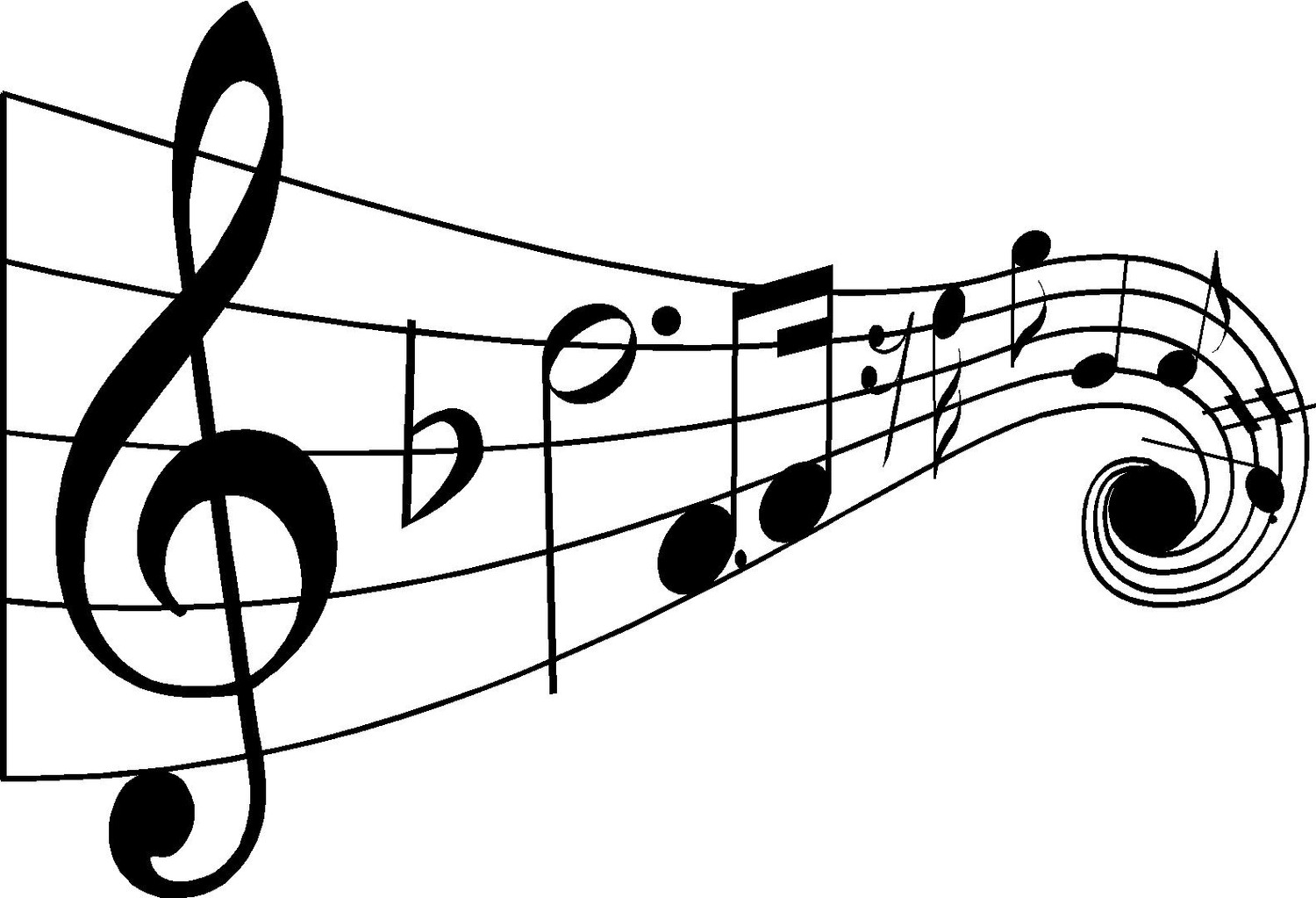< Back to Index

https://img1.etsystatic.com/000/0/5333516/il_fullxfull.224312765.jpg
Sound
Sound is a type of wave, a form of energy, as well as a variation of pressure. Sound exists in almost every place, the exception being a vacuum such as space. It can be caused by anything such as two forces clashing together or even just those forces going toward each other. As they scrape against the floor, they produce sound. Even on a frictionless surface, there is still sound. The type of sound that is produced in a piano is dependent on the amplitude, frequency, and applied force on the piano strings. A higher frequency leads to a higher pitch of sound while a lower frequency leads to a lower pitch of sound. The sound can also be altered by the three pedals of the piano, which can make the sounds echo-like, very short, or produce a softer sound. Depending on the materials that sound travels through it can also change its volume. For example, an alarm is quite loud, but if you put it under a pillow, it does not seem quite as loud. In pianos, there is a component called a soundboard, usually made of wood, that amplifies the sounds made by the strings connected to it. When observing a sound wave, one can find the intensity of the sound with the equation:
I = pv
where I is the intensity of the sound, p is the sound pressure, and v is the velocity of a single particle in the waveform.
Harmonics
Harmonics are the natural frequencies produced by a musical instrument. They are caused by the vibrations of the instrument. Resonance is when the instrument vibrates at one of its natural frequencies due to a external identical frequency. This is most common in woodwind instruments, but it is also present in pianos due to the vibrations of the strings at their natural frequencies. The type of harmonic an instrument has depends on its length and the wavelengths it produces with its sound. The equation for the harmonics of an instrument is given by:
where L is the length, n is the harmonic number and λ is the wavelength
Energy
When someone pushes a piano key down, the energy from their finger is transferred through the hammers to the strings. The strings then further transfer that energy to the soundboard. Since that's the stopping point for the energy it dissipates in several places: the soundboard itself to create heat and the air to produce sound.
Index
Sound is a type of wave, a form of energy, as well as a variation of pressure. Sound exists in almost every place, the exception being a vacuum such as space. It can be caused by anything such as two forces clashing together or even just those forces going toward each other. As they scrape against the floor, they produce sound. Even on a frictionless surface, there is still sound. The type of sound that is produced in a piano is dependent on the amplitude, frequency, and applied force on the piano strings. A higher frequency leads to a higher pitch of sound while a lower frequency leads to a lower pitch of sound. The sound can also be altered by the three pedals of the piano, which can make the sounds echo-like, very short, or produce a softer sound. Depending on the materials that sound travels through it can also change its volume. For example, an alarm is quite loud, but if you put it under a pillow, it does not seem quite as loud. In pianos, there is a component called a soundboard, usually made of wood, that amplifies the sounds made by the strings connected to it. When observing a sound wave, one can find the intensity of the sound with the equation:
I = pv
where I is the intensity of the sound, p is the sound pressure, and v is the velocity of a single particle in the waveform.
Harmonics
Harmonics are the natural frequencies produced by a musical instrument. They are caused by the vibrations of the instrument. Resonance is when the instrument vibrates at one of its natural frequencies due to a external identical frequency. This is most common in woodwind instruments, but it is also present in pianos due to the vibrations of the strings at their natural frequencies. The type of harmonic an instrument has depends on its length and the wavelengths it produces with its sound. The equation for the harmonics of an instrument is given by:
L = (n/2)*λ
where L is the length, n is the harmonic number and λ is the wavelength
Energy
When someone pushes a piano key down, the energy from their finger is transferred through the hammers to the strings. The strings then further transfer that energy to the soundboard. Since that's the stopping point for the energy it dissipates in several places: the soundboard itself to create heat and the air to produce sound.
Index